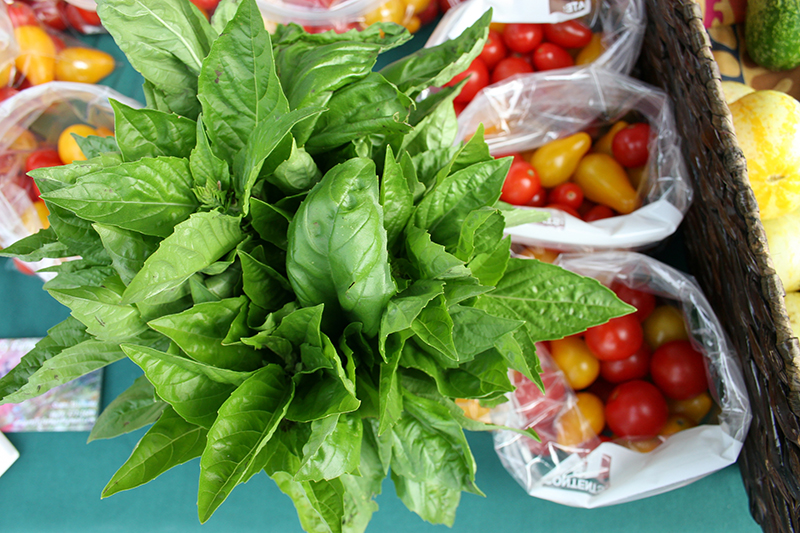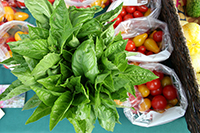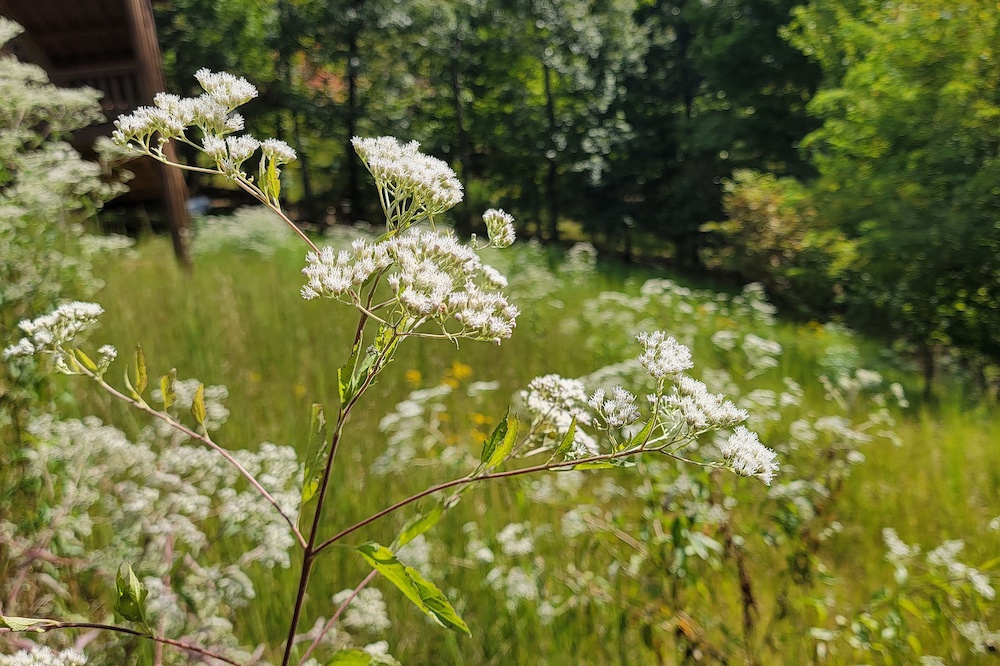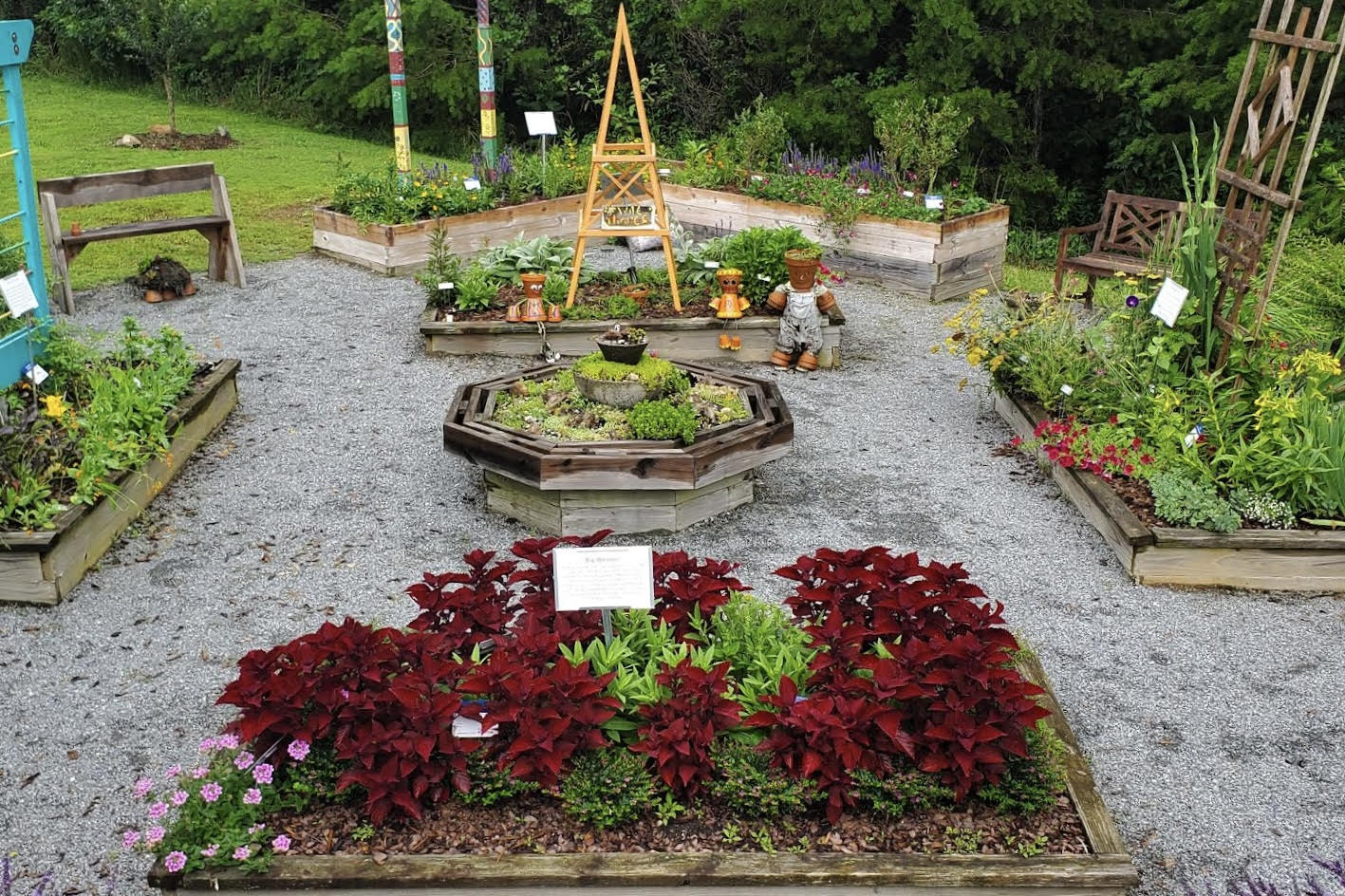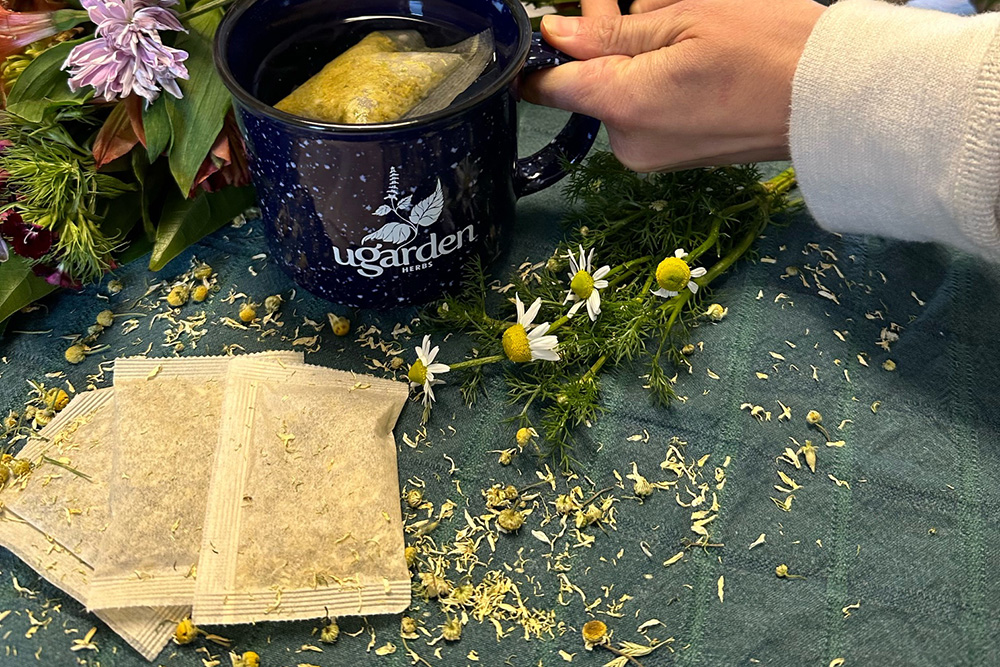Humans have used herbs since early times for medicinal purposes, for flavoring food and for fragrance. Their magical properties are entwined in the lore of many cultures and their flavor has added distinctive character to numerous regional dishes.
Many modern medicines include plant parts from herbs in either a natural or synthesized state. And there is a growing field of research in pharmacognosy, as scientists look again at herbal remedies.
Regardless of how you decide to use them, herbs can make an exciting addition to any landscape. They can be used formally in an herb garden or informally mixed into beds of annuals, perennials or shrubs. Herb flowers and foliage provide a beautiful palette of color and variation in texture and form. Herbs also lend themselves well to small containers such as window boxes or whisky barrels.
If you’re going to grow herbs, choose a location that receives at least six hours of direct sunlight each day. A soil pH range of 6 to 7.5 is fine for most herbs, although some, such as rosemary or lavender, prefer the pH slightly higher, in the 7.5 range.
Herbs do well in average soil but prefer, as most plants do, well-drained, loamy or sandy conditions. It’s important to test your soil prior to planting to determine the actual pH and then add the appropriate amount of dolomitic lime to adjust it. Most herbs are not heavy feeders, and a moderate amount of fertilizer will provide all the nutrition they need. Some herbs, such as basil, chives and parsley, may require additional fertilizer since they are often heavily harvested.
When preparing the herb bed, work generous amounts of compost or rotted manure into the native soil to a depth of 12 inches.
It is a great idea to plant in raised beds, especially if drainage is a concern. Raised beds can be constructed of rocks, landscape timbers, railroad ties, old tires or other materials.
Pine straw or bark mulch around your herb plants will help maintain even moisture around the root system. It also helps to discourage weeds and provides a layer of protection from extreme temperatures.
Most herbs are fairly drought tolerant and require water only during drier periods. Herbs grown in containers and raised planters will require more irrigation than those grown directly in the ground.
Herbs can be grown from seeds, cuttings or plant divisions. If you are new to gardening, you may want to skip the propagation step altogether and just buy container plants from a local nursery. Later, you may wish to start new plants from seeds or cuttings.
Herbs grown for foliage may be harvested at any time, though the essential oils are most concentrated just prior to blooming. The seed heads of herbs grown for their seeds, such as fennel and dill, may be collected soon after seeds have reached maturity. Herbs are best collected in the late morning, rinsed quickly and air dried. Drying or freezing will preserve them.
While there are many herbs that can be planted, University of Georgia Cooperative Extension offers the following list for beginning gardeners. These seven herbs do well in the Southern U.S. and are easy to grow. As you gain confidence as an herb gardener, other varieties can be added.
- Basil is an annual that prefers sun and moderate moisture. Clip the flowers to encourage bushiness and prolong the life of the plant. The leaves can be used in tomato sauce and pesto.
- Mint is a perennial that prefers sun or partial shade and semimoist soil. Plant in a container to keep it from spreading. Mint can be used in desserts, teas and as a garnish.
- Yarrow is a perennial that prefers sun and moderate moisture. It may need staking. A nonculinary herb, it can be used fresh or dried in arrangements.
- Scented geranium is a perennial, nonculinary herb that prefers sun or partial shade and moderate moisture. It should be moved indoors for the winter and can be used in potpourri.
- Oregano is a perennial that prefers sun and moderate moisture. The leaves can be used in preparing meats and vegetables.
- Sage is a perennial that prefers sun and moderate moisture. Trim the plant to promote bushiness. The leaves can be used in preparing meat and in cheese and potpourri.
- Chives are a perennial that prefer sun or partial shade and moderate moisture. They can be used in preparing eggs, meats and vegetables.
For more information about herb production, see UGA Extension Bulletin 1170, “Herbs in Southern Gardens,” at extension.uga.edu/publications.

